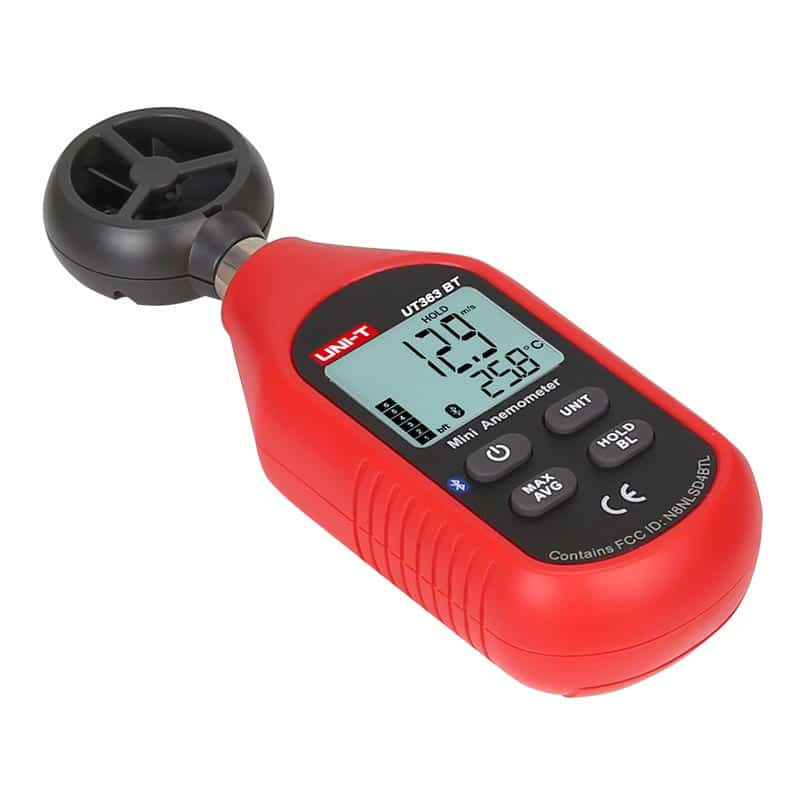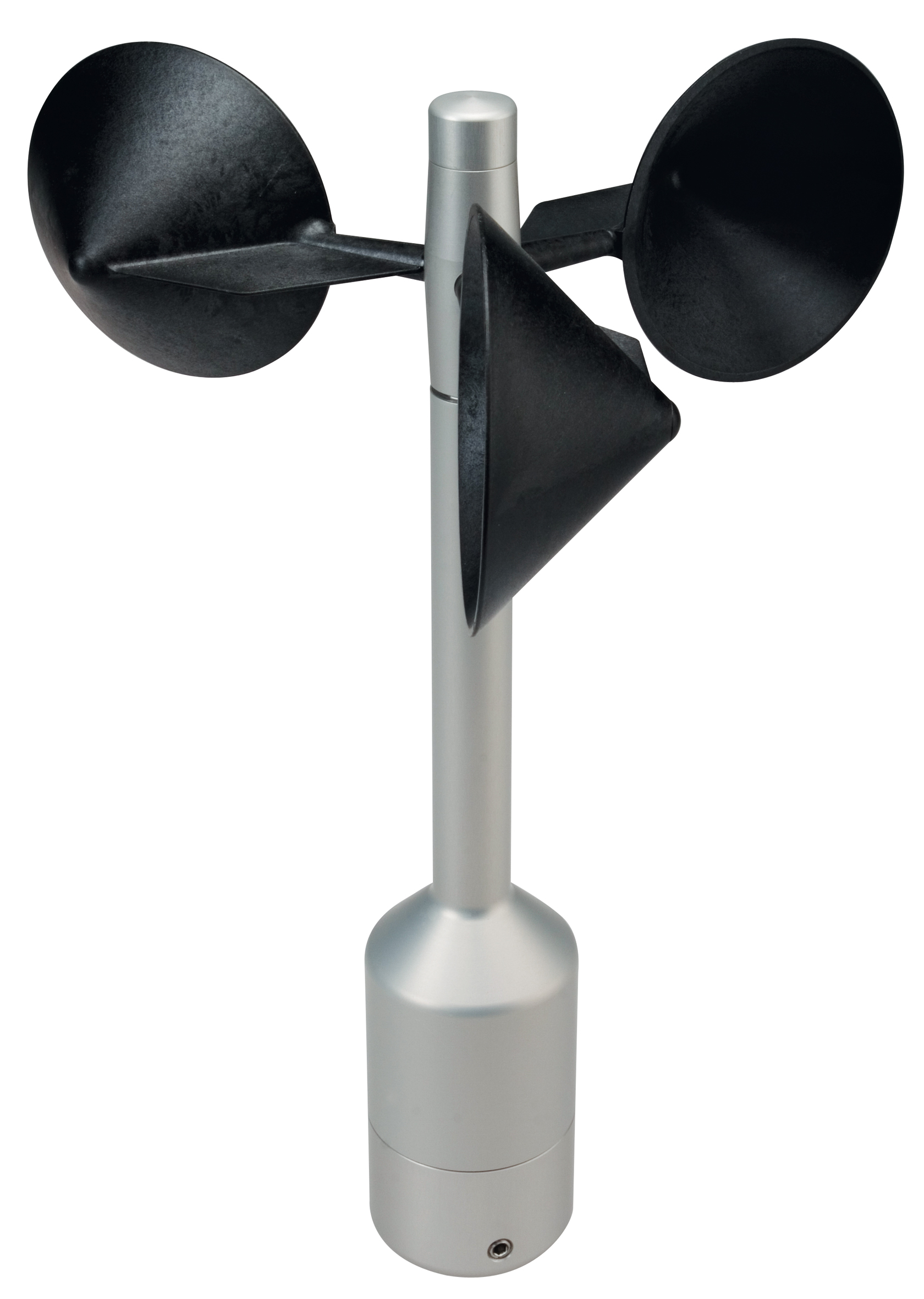How to Maintain and Care for Your Anemometer to Ensure Longevity
How to Maintain and Care for Your Anemometer to Ensure Longevity
Blog Article
All You Required to Learn About Anemometers: Exactly How They Work, Why They Issue, and Where to Use Them
Anemometers, however often overlooked in the world of clinical tools, play an essential role in various fields, using beneficial insights into wind speed and air flow patterns. Comprehending the technicians behind these devices is essential for anyone seeking to harness the power of this information. From meteorologists tracking climate patterns to engineers making frameworks with wind loads in mind, the applications of anemometers are far-reaching and diverse. As we look into the complexities of anemometer modern technology, we will uncover the inner functions of these devices, their significance, and the essential factors to consider when picking the appropriate anemometer for certain applications.

Anemometer Basics
An important tool utilized to measure wind rate and instructions, the anemometer plays a critical duty in weather forecasting and numerous sectors. An anemometer typically is composed of 3 or 4 mugs that rotate in the wind, a vane that directs into the wind, and sensing units to track the turnings or activities.
There are numerous kinds of anemometers readily available, consisting of cup anemometers, vane anemometers, hot-wire anemometers, and sonic anemometers, each with its special features and applications. Mug anemometers are generally used for standard wind rate measurements, while vane anemometers are chosen for directional dimensions. Hot-wire anemometers are suitable for reduced airspeeds, and sonic anemometers are excellent for high-precision dimensions in research and commercial settings. Understanding the essentials of anemometers is necessary for accurate wind data collection and evaluation across different fields.
Concepts of Anemometer Procedure
Structure on the fundamental understanding of anemometer essentials, the principles of anemometer operation clarify the technicians behind wind rate and instructions measurements. Cup anemometers, for circumstances, have three or even more mugs that capture the wind, creating them to rotate faster as the wind rate boosts. Hot-wire anemometers rely on a warmed cable that cools down as wind passes over it, with the price of cooling down figuring out the wind speed.
Value of Anemometers
Anemometers play a vital function in gauging wind rate and instructions, giving important data for weather condition forecasting, climate studies, environmental monitoring, and aviation operations. Meteorologists count on anemometers to collect accurate wind data, helping them comprehend weather patterns, forecast tornados, and problem timely cautions to the public. Wind ranch drivers make use of anemometers to assess wind problems and make the most of electrical energy manufacturing from wind generators.
Applications Across Different Industries
In the sustainable power industry, anemometers play an essential duty in assessing wind problems for wind farm placements, guaranteeing optimal energy manufacturing. Industries like construction and mining use anemometers to keep an eye on wind speeds, crucial for security procedures, particularly when working at elevations or in open-pit mines where solid winds can posture threats. In farming, anemometers help farmers in managing crop splashing by giving real-time additional info information on wind speed to prevent drift.

Selecting the Right Anemometer for Your Demands
For general purposes, a cup anemometer is appropriate for measuring wind speed, while a vane anemometer offers wind instructions data. Hot-wire anemometers are optimal for low airspeed measurements, and ultrasonic anemometers offer high accuracy and resilience.

Conclusion
In conclusion, anemometers play an essential role in gauging wind rate and instructions across various sectors. Comprehending the principles of anemometer operation is essential for picking the appropriate gadget for certain requirements. From weather forecasting to aeronautics, anemometers are crucial tools for making certain and gathering accurate data safety in various applications. It is necessary to think about the significance of anemometers in order to make enlightened choices when choosing one of the most suitable gadget for measuring wind problems.
There are different types of anemometers readily available, consisting of mug anemometers, vane anemometers, hot-wire anemometers, and sonic anemometers, each with its distinct functions and applications. Mug anemometers hop over to these guys are generally used for fundamental wind rate dimensions, while vane anemometers are preferred for directional measurements. Hot-wire anemometers are appropriate for reduced airspeeds, and sonic anemometers are perfect for high-precision measurements in research study and commercial setups.Building on the fundamental understanding of anemometer essentials, the concepts of anemometer procedure clarify the auto mechanics behind wind speed and direction measurements. For general purposes, a mug anemometer is ideal for gauging wind rate, while a vane anemometer gives wind instructions data.
Report this page